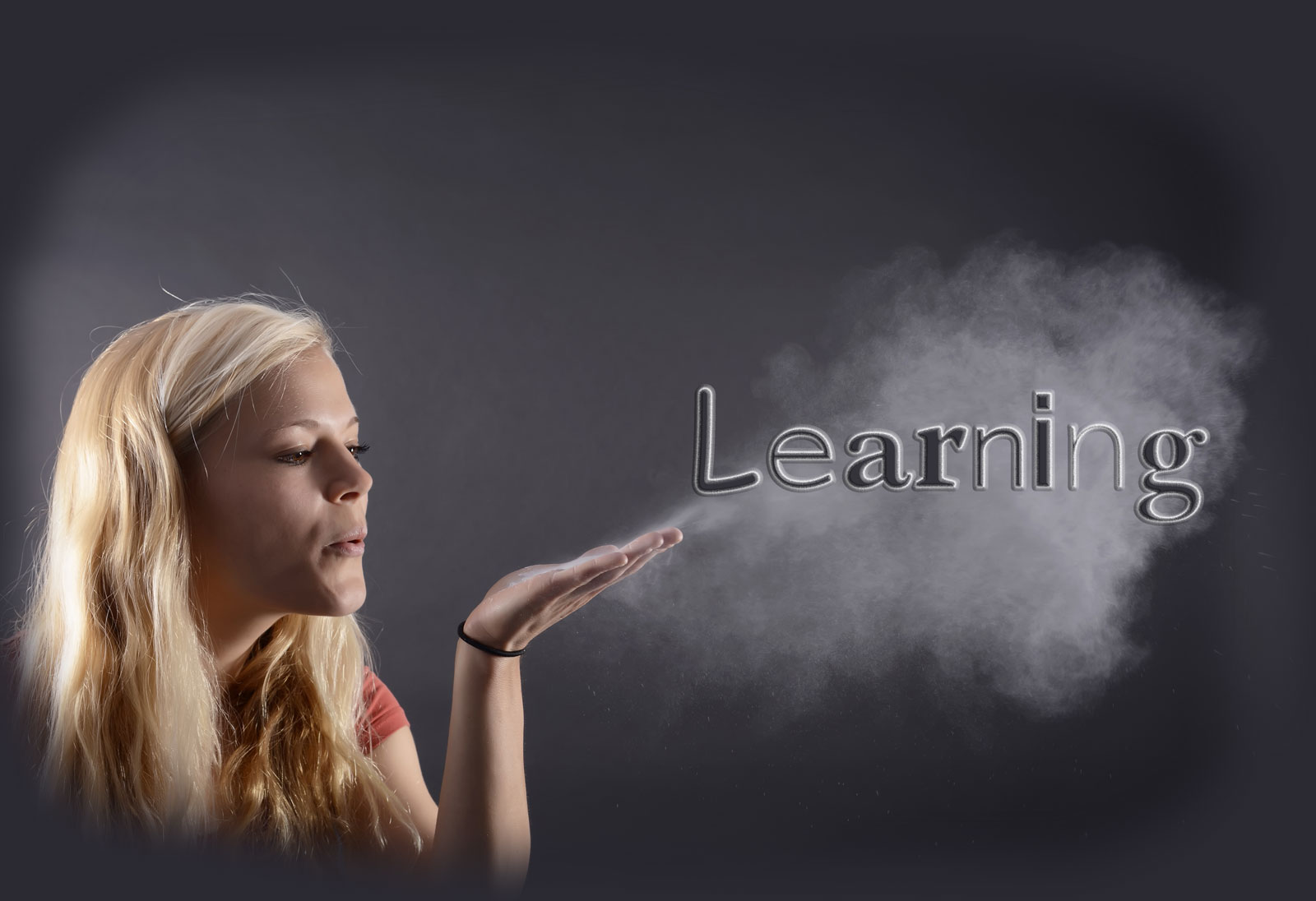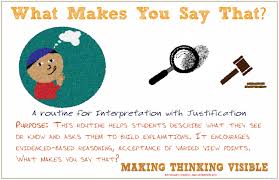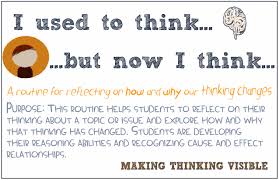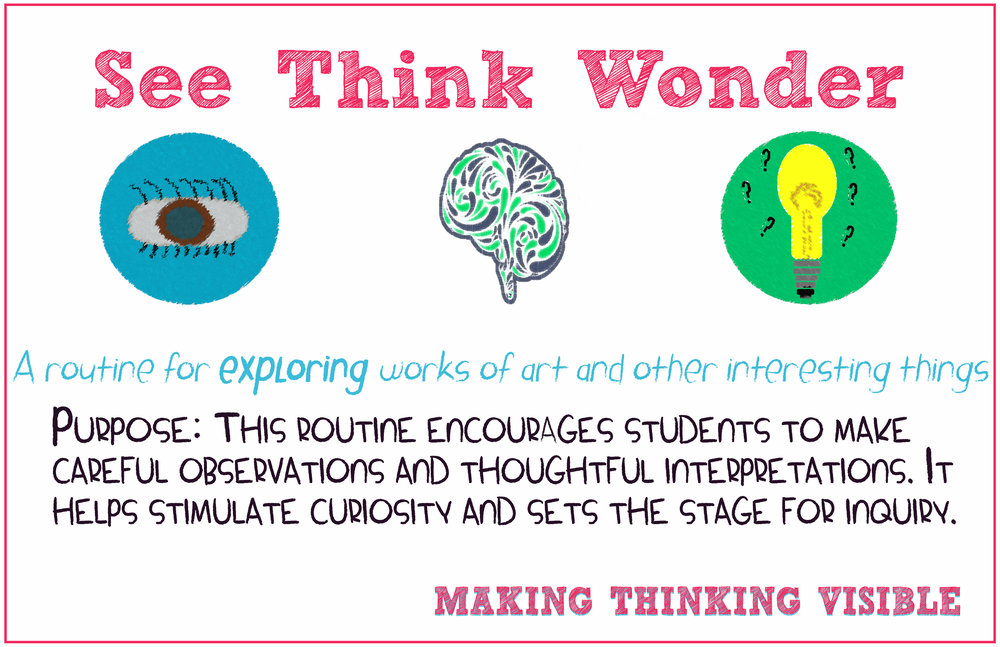What fast track tactics will hasten students’ grasp of the meaning and use of some learning habits? What routines will guide and direct thinking?
Visible thinking
Harvard University’s Project Zero’s Visible Thinking research, both the initial project and the many projects that followed, makes extensive use of learning routines that are rich in thinking. These routines are simple structures, for example a set of questions or a short sequence of steps that can be used across various age levels and content areas. What makes them routines, versus mere strategies, is that they are used over and over again in the classroom so that they become part of the fabric of classroom culture.
5a. Understanding thinking routines
What are Visible Thinking Routines?
VTRs are simple routines that apply across a wide range of subjects and contexts, and which require students to think in a variety of different ways. They are used so regularly by teachers that they become woven into the fabric of the classroom culture and progressively hard-wired into the thinking practices of students. They are ways in which different ways of thinking can become routine in classrooms. They become part of the learning culture.
To be effective such routines need to be;
- Direct, guide, support, encourage thinking
- Short, memorable with few steps
- Used over and over again
- Useful in a variety of contexts
- Facilitate connections, generating ideas, using knowledge

5b. What’s happening here? What makes you say that?
This is an example of a really useful Visible Thinking Routine that can be used in many subjects.
What’s happening here? The first question in this routine is flexible: it is useful when looking at objects such as works of art or historical artefacts, but it can also be used to explore a poem, make scientific observations and hypotheses, or investigate more conceptual ideas (i.e., democracy). The first question invites students to describe what they notice, see or know.
But it is the supplementary question, What makes you say that?, that requires them to build explanations. It promotes evidence-based reasoning and moves students from saying what they think to explaining and justifying why they think it.

Teacher talk
- Why is that?
- What evidence can you give to support that?
- Do you have good reasons for…?
- How do you mean?
5c. I used to think . . but now I think
This routine helps students to reflect on how and why their thinking/understanding is changing.
Remind students of the topic you have been working on. Ask them to respond to each of the sentence stems: I used to think…, Now, I think…
Alternatively ask students to write down their views at the beginning of a topic. Invite them to revisit & update their answer during and at the end in light of what has been learned.
Or, at the beginning of a lesson ask students to write down what they understand by a particular term that will be explored in the coming lesson (e.g. Phrase (English); Proof (Maths); Power (Science) etc). At the end of the lesson, ask them to write down what they now understand by the term.

Teacher talk
- It’s OK to change your mind.
- What made you change your mind about this?
- How has your understanding of xxx changed?
5d. See / Think / Wonder
See Think Wonder is a Visible Thinking Routine that encourages students to;
- notice attentively and make careful observations (See),
- make thoughtful interpretations; what they are noticing; make links to what they know; distil the important bits (Think)
- ask a question about what has been noticed (Wonder).
This routine helps stimulate curiosity and sets the stage for inquiry.
Use it when you want students to think carefully about why something looks the way it does or is the way it is. It’s useful at the beginning of a new unit to motivate student interest or try it with an object that connects to a topic during the unit of study.
The routine works best when a student responds by using the three stems together at the same time, i.e., “I see…, I think…, I wonder ...
Variations – Hear / Think / Wonder, or Read / Think / Wonder, or Feel /Think / Wonder . . . . .

Teacher talk
- What can you see?
- What do you think about it?
- What are you asking yourself?
- What else is this telling you?
- What can you infer from . . ?

Comments are closed.